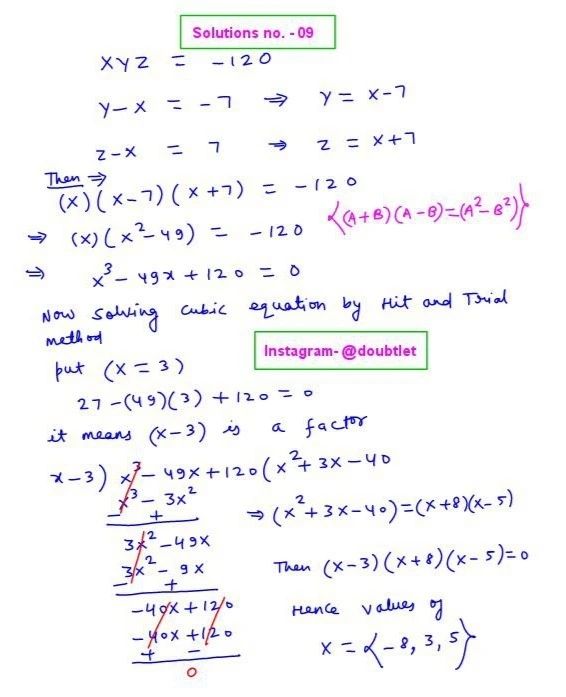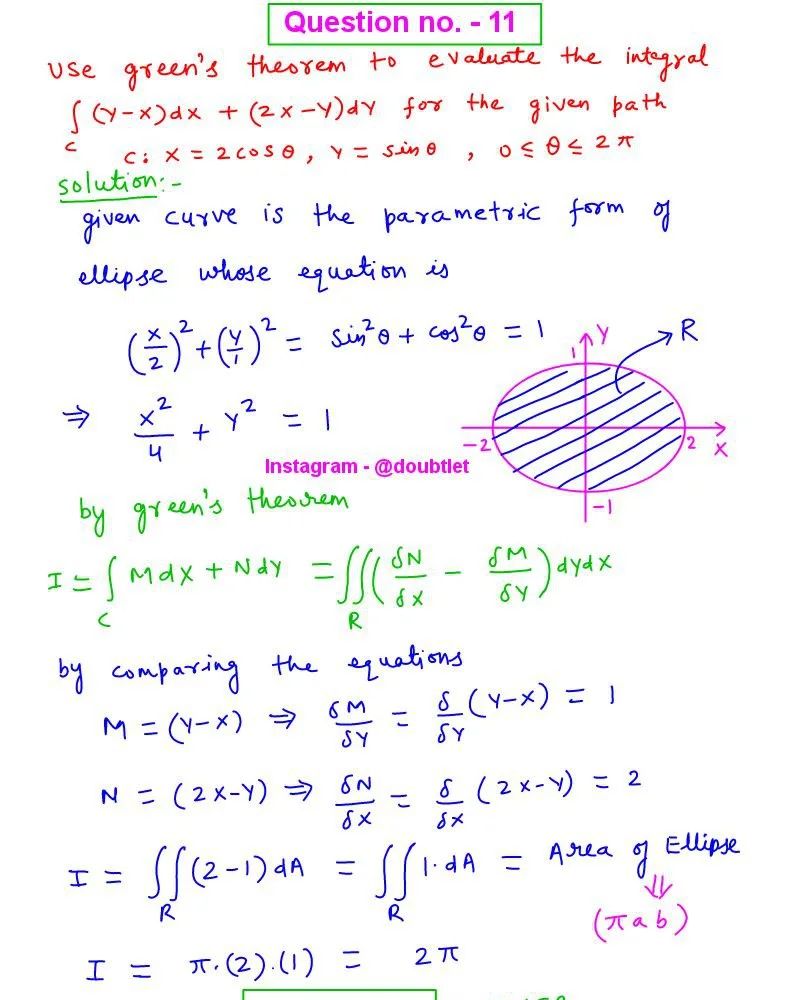









Spherical To Cylindrical Coordinates Calculator
This calculator will help you to convert the Spherical coordinates to cylindrical form with the steps shown.Related Calculators:Cylindrical to Spherical Coordinates Calculator
Loading...
Loading...
Loading...
Polar to Cartesian coordinates
Cartesian to Polar coordinates
Cartesian to Spherical coordinates
Cartesian to Cylindrical coordinates
Cylindrical to Spherical coordinates
Cylindrical to Cartesian coordinates
Spherical to Cartesian coordinates
- 1. Introduction to the Spherical to Cylindrical coordinates calculator
- 2. What is the Formulae used ?
- 3. How do I convert the Spherical coordinates to Cylindrical?
- 4. Why choose our Spherical to Cylindrical coordinates Calculator?
- 5. A Video for explaining this concept
- 6. How to use this calculator ?
- 7. Solved Examples
- 8. Frequently Asked Questions (FAQs)
- 9. What are the real-life applications?
- 10. Conclusion
1. Introduction to the Spherical to Cylindrical coordinates calculator
Embarking through coordinate systems, we dive into converting from spherical to cylindrical coordinates. This transformation holds key insights for mathematicians, scientists, and engineers navigating the multidimensional spaces of our universe. This blog post unravels the definitions, formulas, practical examples, and real-world applications of converting spherical coordinates to cylindrical coordinates.
Spherical coordinates define a point in three-dimensional space using the radial distance (ρ), polar angle (θ), and azimuthal angle (φ). Converting these coordinates to cylindrical coordinates involves expressing the point's position in terms of radial distance, angle, and height above the xy-plane.
2. What is the Formulae used?
The conversion from spherical coordinates (ρ, θ, φ) to cylindrical coordinates (r, θ, z) can be accomplished using the following formulas:
r = ρ.Sin(φ)
θ = θ
z = ρ.Cos(φ)
3. How do I convert the Spherical coordinates to Cylindrical?
Identify the point's spherical coordinates (ρ, θ, φ).
Calculate the z by multiplying ρ with cosine of the given angle φ.
Calculate the r by multiplying ρ with sine of the given angle φ.
Write down the point's Cylindrical coordinates (r, θ, z).
4. Why choose our Spherical to Cylindrical coordinates Calculator?
Our calculator page provides a user-friendly interface that makes it accessible to both students and professionals. You can quickly input your square matrix and obtain the matrix of minors within a fraction of a second.
Our calculator saves you valuable time and effort. You no longer need to manually calculate each cofactor, making complex matrix operations more efficient.
Our calculator ensures accurate results by performing calculations based on established mathematical formulas and algorithms. It eliminates the possibility of human error associated with manual calculations.
Our calculator can handle all input values like integers, fractions, or any real number.
Alongside this calculator, our website offers additional calculators related to Pre-algebra, Algebra, Precalculus, Calculus, Coordinate geometry, Linear algebra, Chemistry, Physics, and various algebraic operations. These calculators can further enhance your understanding and proficiency.
5. A video based on how to convert the Spherical coordinates to Cylindrical.
6. How to use this calculator
This calculator will help you convert the spherical coordinates to cylinders.
In the given input boxes, you must put the value of the ρ, θ, and φ.
After clicking the Calculate button, a step-by-step solution will be displayed on the screen.
You can access, download, and share the solution.
7. Solved Examples
Convert the given Spherical coordinates as (3, , ) into Cylindrical coordinates.
r = 3.Sin() =
θ =
z = 3.Cos() =
Convert the given Spherical coordinates as (-2, , ) into Cylindrical coordinates.
r = -2.Sin() = 1
θ =
z = 3.Cos() =
8. Frequently Asked Questions (FAQs)
Why convert from spherical to cylindrical coordinates?
Converting coordinates aids in simplifying mathematical expressions and making spatial representations more manageable in certain applications.
Can all spherical coordinates be converted to cylindrical?
Yes, all points in spherical coordinates can be expressed in cylindrical coordinates using the conversion formulas.
What if the polar angle φ is negative or greater than π?
The polar angle φ is adjusted accordingly, often considered within the range [0, π].
Is there a quick method or tool for this conversion?
Online calculators are available for quick and accurate conversion from spherical to cylindrical coordinates.
In what real-world scenarios is this conversion useful?
This conversion is valuable in physics, engineering, and computer graphics, particularly when dealing with cylindrical structures or systems.
9. What are the real-life applications?
The conversion from spherical to cylindrical coordinates finds applications in diverse fields, such as navigation systems, astronomy, and computer-aided design (CAD). Engineers and scientists use this transformation to describe the position and orientation of objects in cylindrical environments.
10. Conclusion
As we conclude our exploration into converting spherical coordinates to cylindrical coordinates, you've gained a valuable tool for navigating the complexities of spatial dimensions. Whether charting celestial bodies or engineering cylindrical structures, this understanding enhances your ability to represent and analyze positions in a three-dimensional space.
This blog is written by Neetesh Kumar
If you have any suggestions regarding the improvement of the content of this page, please write to me at My Official Email Address: doubt@doubtlet.com
Are you Stuck on homework, assignments, projects, quizzes, labs, midterms, or exams?
To get connected to our tutors in real time. Sign up and get registered with us.
Comments(0)













Leave a comment